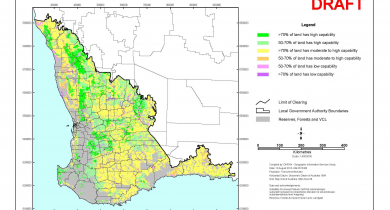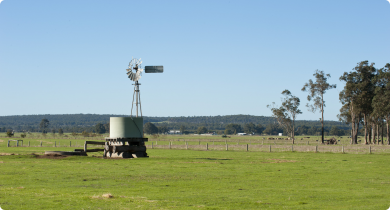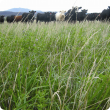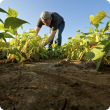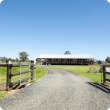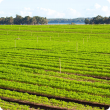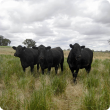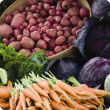Land use
Western Australia is the largest Australian State, spanning 2 400 kilometres from north to south, and experiencing a variety of climatic conditions, soil and land properties, and water availability. Accordingly, the state is suited to a variety of agricultural industries ranging from open range grazing and broadacre cereal cropping through to irrigated pastures and horticulture, orchards and vineyards.
The Department of Agriculture and Food, Western Australia provides the advice, support and tools needed to ensure the State’s land has the capability to sustain agricultural use, without degrading the soil and water resources on which it relies, and to ensure our most valuable agricultural land is protected from non-agricultural development.
Filter by search
Filter by topic
- (-) Remove Small landholders in Western Australia filter Small landholders in Western Australia
- Livestock & animals (5) Apply Livestock & animals filter
- Crops (5) Apply Crops filter
- Livestock management (4) Apply Livestock management filter
- Horticulture (4) Apply Horticulture filter
- Water (3) Apply Water filter
- Water management (3) Apply Water management filter
- Soils (3) Apply Soils filter
- Feeding & nutrition (3) Apply Feeding & nutrition filter
- Food & beverages (2) Apply Food & beverages filter
- Measuring and assessing soils (2) Apply Measuring and assessing soils filter
- Pasture establishment (1) Apply Pasture establishment filter
- Organic food & farming (1) Apply Organic food & farming filter
- Pastures (1) Apply Pastures filter
- Soil acidity (1) Apply Soil acidity filter
- Soil constraints (1) Apply Soil constraints filter
- Livestock species (1) Apply Livestock species filter
- Poultry & birds (1) Apply Poultry & birds filter
- Biosecurity (1) Apply Biosecurity filter
- Biosecurity & quarantine (1) Apply Biosecurity & quarantine filter
- Agribusiness Food & Trade (1) Apply Agribusiness Food & Trade filter
- Food safety (1) Apply Food safety filter
- Food, export & investment (1) Apply Food, export & investment filter
- Fruit (1) Apply Fruit filter
- Livestock biosecurity (1) Apply Livestock biosecurity filter

